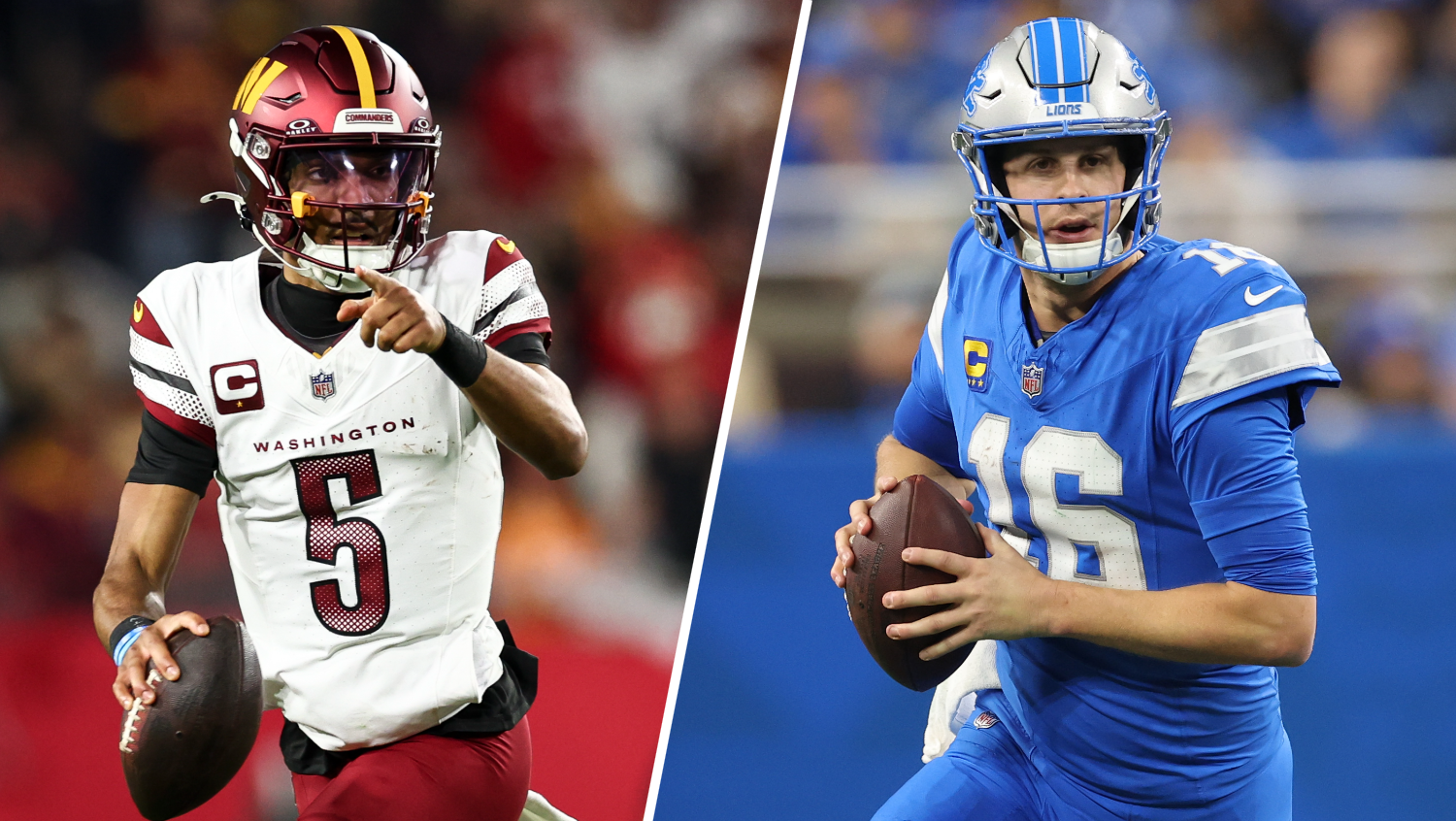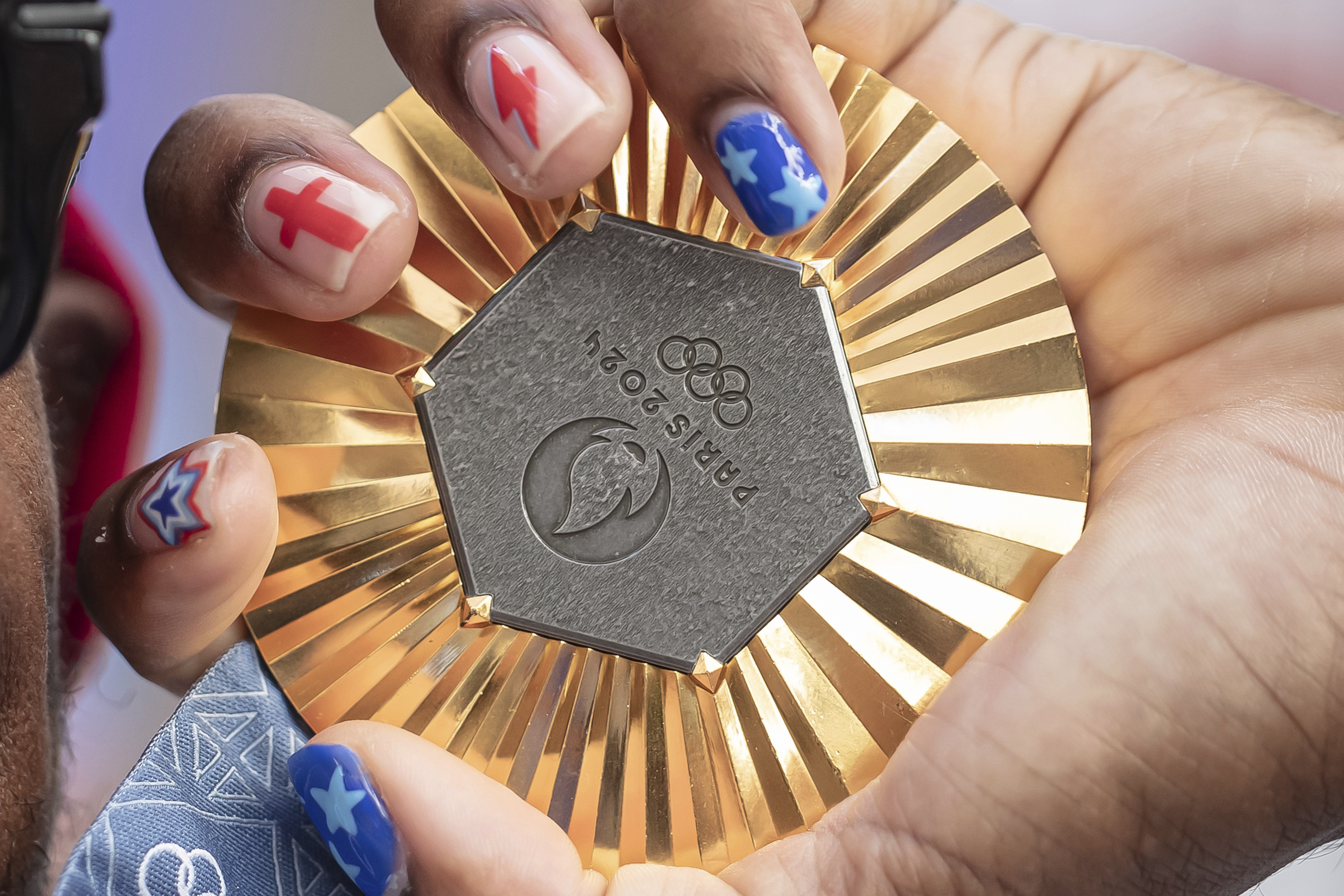The average 30-second Super Bowl commercial in 2021 cost $5.6 million to air, and they got even pricier in 2022. Here’s a look at just how much advertisers have had to pay for ads each year, and how many people have been tuning in to watch them.
The religiously wary, the spiritually curious — and anyone inclined to appeal to a higher power on game day — are the target audience for a Super Bowl ad campaign with a simple message: Jesus loves them.
A group that includes wealthy Christian boosters is using the biggest megaphone TV marketing money can buy on Sunday to spread the word with two new ads that proclaim “He Gets Us.”
They hope to counter the notion that religion is used to divide people, spending about $20 million to reach more than 100 million viewers at a time when the nation’s Christian population — and religious affiliation of any kind — are in decline.
Because religion is a touchy subject and prime-time advertising is so expensive, it is rare for faith to be promoted alongside the Super Bowl 's perennially buzzed about beer and fast-food commercials. But the backers of the “He Gets Us” campaign see it as a great opportunity to reach so many people at once.
We've got the news you need to know to start your day. Sign up for the First & 4Most morning newsletter — delivered to your inbox daily. Sign up here.
“It fits with our target audience really well,” said campaign spokesperson Jason Vanderground about the NFL and its big game. “We’re trying to get the message across to people who are spiritually open, but skeptical.”
Christianity is still in the majority in the U.S., with 63% of adults defining themselves as believers, according to a 2021 Pew Research Center survey. But that figure is down from 78% in 2007. About 29% of Americans define themselves as religiously unaffiliated, up from 16% in 2007.
Within the NFL, Christianity has long permeated the culture, and regular fans are accustomed to expressions of faith, from locker-room prayers to Hail Mary passes to players pointing skyward after touchdowns.
Sports
That may help explain why there are so few faith-related ads during the big game, said Paul Putz, assistant director of Baylor University’s Faith & Sports Institute. “Football players themselves have often been the advertisements for Jesus,” he said.
The league's religious undercurrent was thrust into the spotlight last month after Buffalo Bills safety Damar Hamlin collapsed during a crucial game with Cincinnati. Those watching witnessed players praying on the field as medics worked to save Hamlin’s life. An outpouring of public prayer followed for days.
Some advertisers, like the Church of Scientology, have opted to air regional ads during the game. But the 30-second and 60-second “He Gets Us” spots will join a modest list of past faith-based ads aired nationally, including some that spurred controversy.
In 2010, the anticipated debut of a Super Bowl ad by Focus on the Family, a conservative Christian ministry long involved in anti-abortion efforts, received pushback from abortion-rights advocates and others in the run-up to the game. The ad featured Pam Tebow, mother of football star Tim Tebow, talking about her challenging pregnancy with her son. She chose not to have an abortion despite medical concerns.
“I think we ended up in the Top 10 for the most controversial ads … that wasn’t the one I wanted, but it’s OK. I communicated a message,” said Focus on the Family CEO Jim Daly. He said the goal was to reach the most people with “a quick story about the positivity of choosing life.”
In spite of the controversy, Daly said he considers the ad a success. The ministry later shared the story of a woman who said she decided not to get an abortion after seeing the ad.
On other occasions, religious themes have been used in a light-hearted way to sell everyday products: In 2018, a Toyota ad featured nuns, a priest, a rabbi, an imam and a Buddhist monk. A California church created a humorous Doritos ad that aired in 2010 after winning the snack brand's Super Bowl ad contest.
On Sunday, one “He Gets Us” ad will be shown during each half. One will focus on how children demonstrate Jesus’ love, while the other deals with anger, and how Jesus modeled a different way.
“We think Jesus is a big deal and we want to make a big deal out of it,” Vanderground said. “What better way to do that than to put him in the biggest cultural moment that we have the entire year?”
The “He Gets Us” campaign, which was launched in March 2022, is funded by Hobby Lobby CEO David Green and other anonymous donors. The ads direct people to a website, where they can learn more about Jesus, find Bible reading plans and connect with people online or in-person who can answer their questions.
Super Bowl ads draw enormous attention — sometimes too much — so any company or organization considering spending $6.5 million for 30 seconds of air time needs to weigh the pros and cons, experts say.
“It’s incredibly powerful because you really get to reach people, but you also are inviting lots of discussion and scrutiny and feedback,” said Tim Calkins, a Northwestern University marketing professor. A religious organization might decide, for example, that its money would be better spent directly funding programs that benefit people in their community, he said.
There just isn't a huge need to spend millions on Super Bowl ads about Jesus, said Putz of the Faith & Sports Institute.
“Christians can get the word out for free through the network of Christian athletes and coaches developed by sports ministries,” he said. These ministries began building connections across the NFL during the 1950s — before the Super Bowl had become a major televised event — and believed that players and coaches would serve as unofficial ambassadors for Christianity, on and off the field, through their words and deeds.
Putz said Don McClanen, founder of the Fellowship of Christian Athletes, put it best: “If athletes can endorse shaving cream, razor blades and cigarettes, surely they can endorse the Lord, too.”



